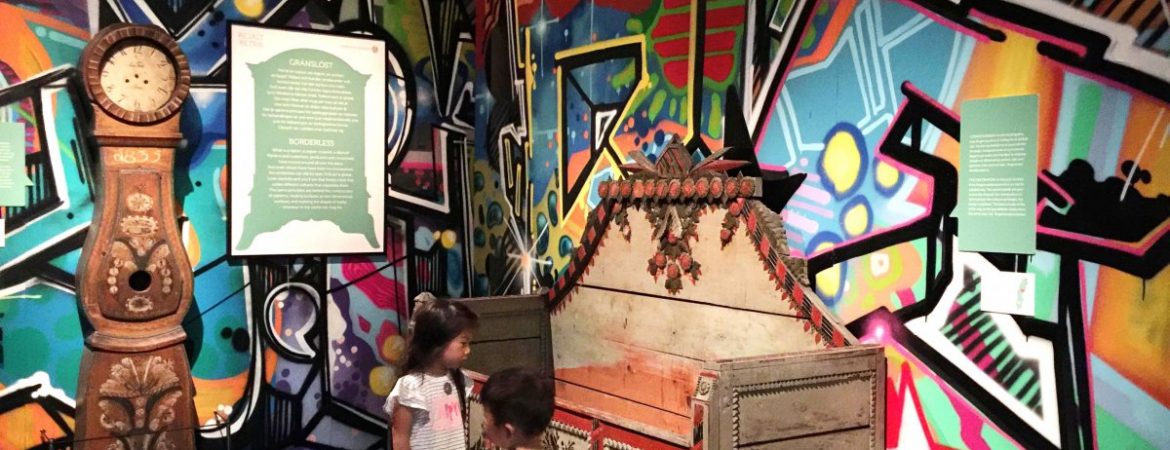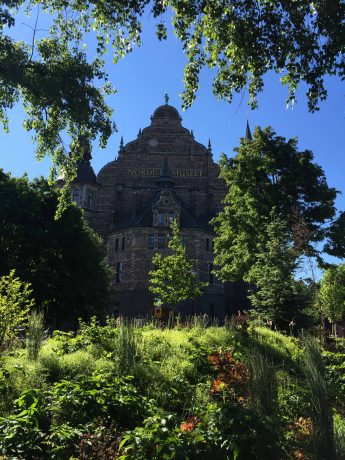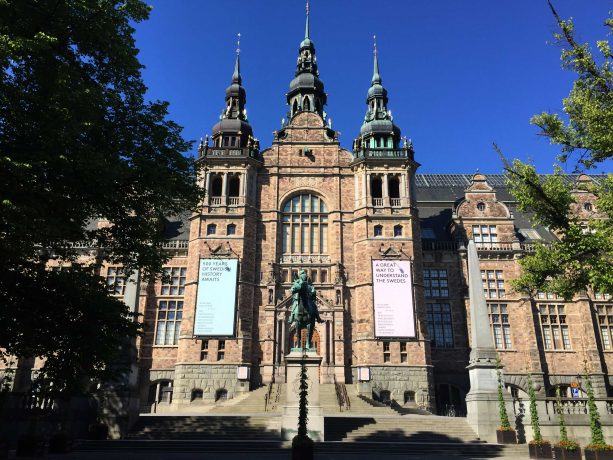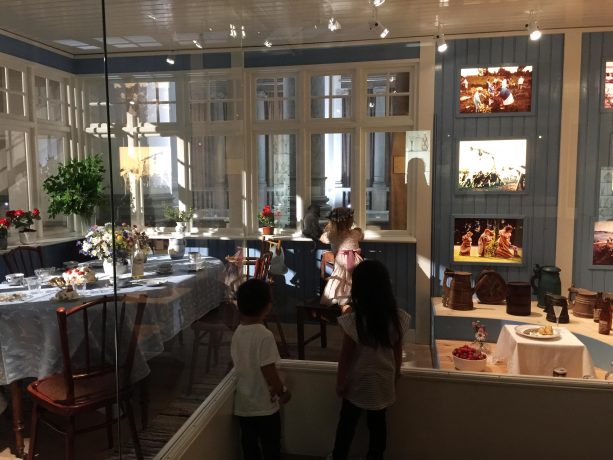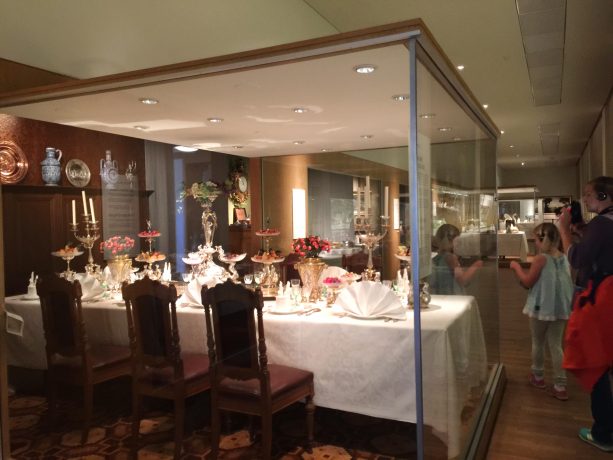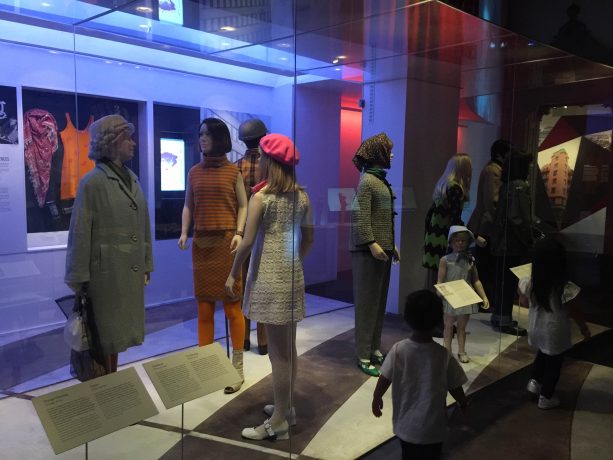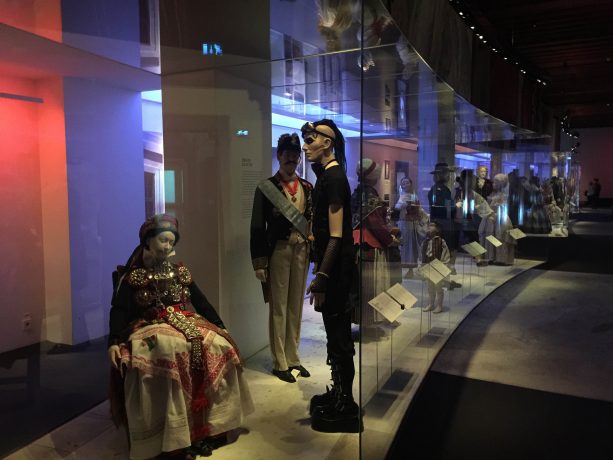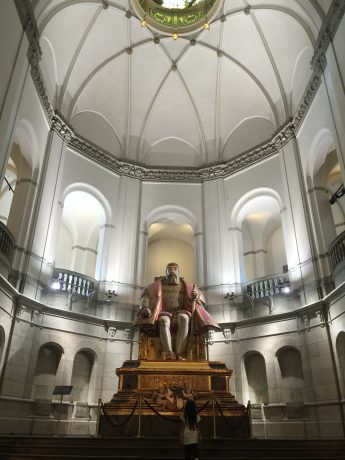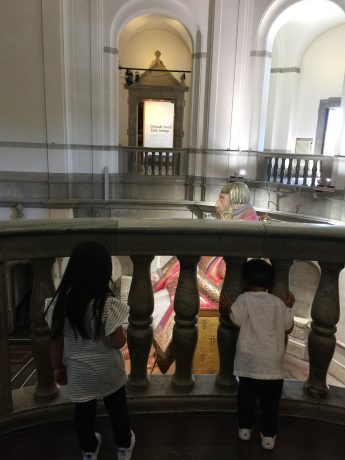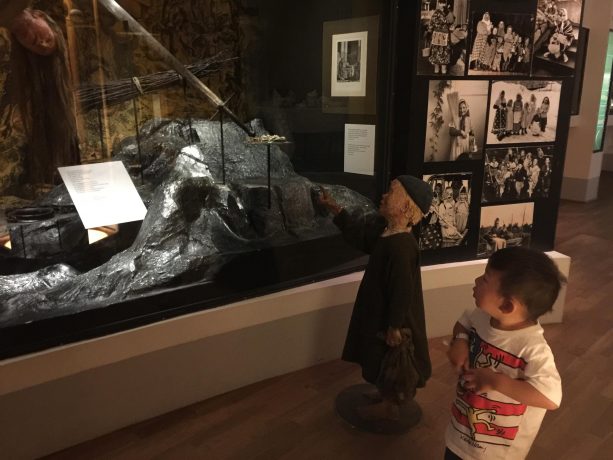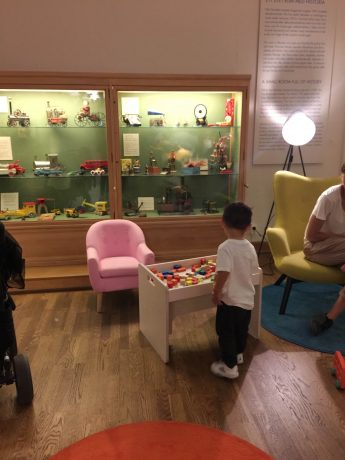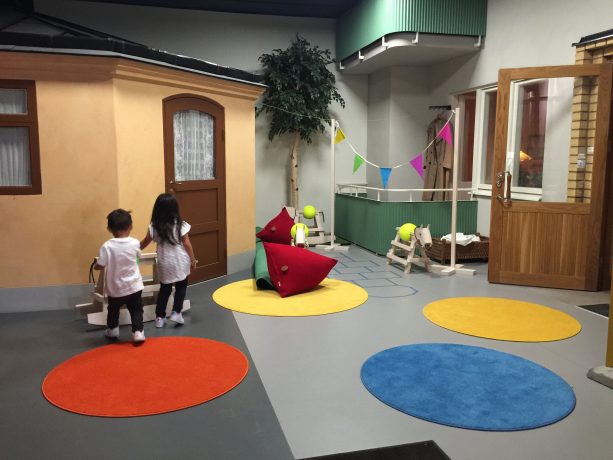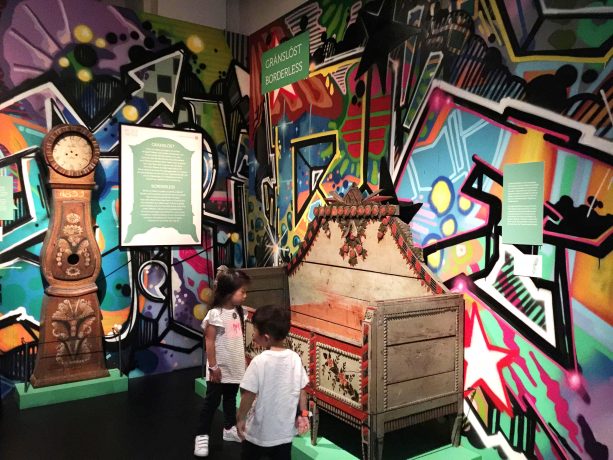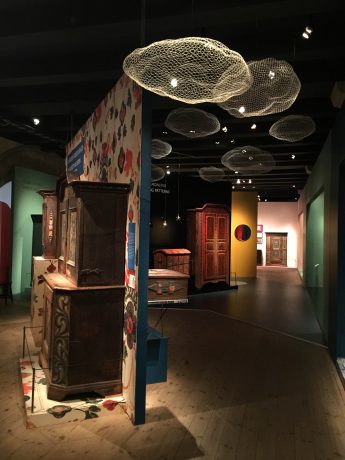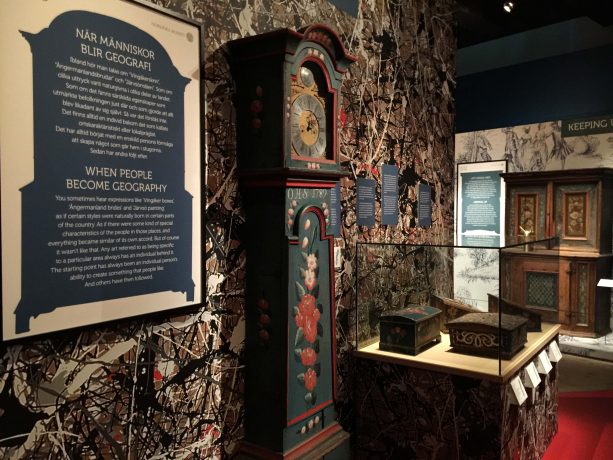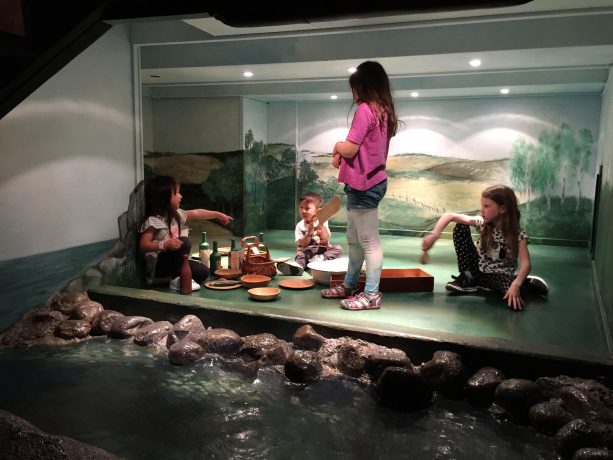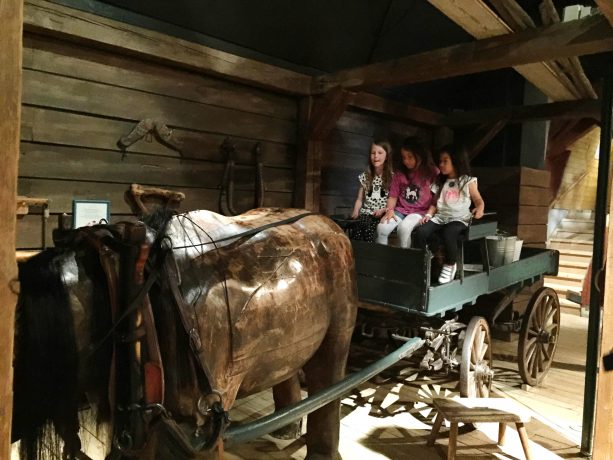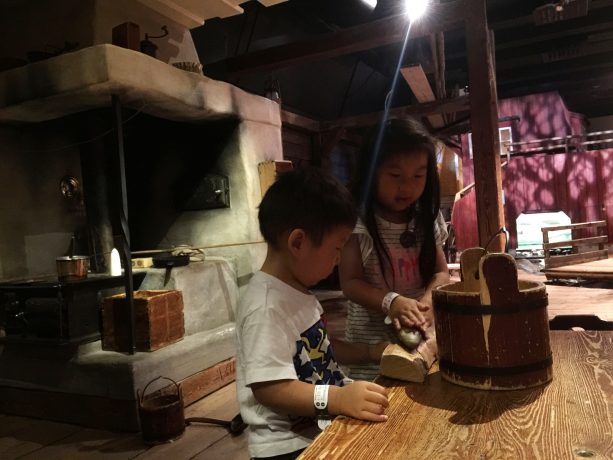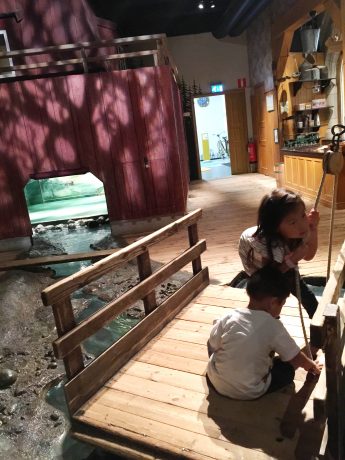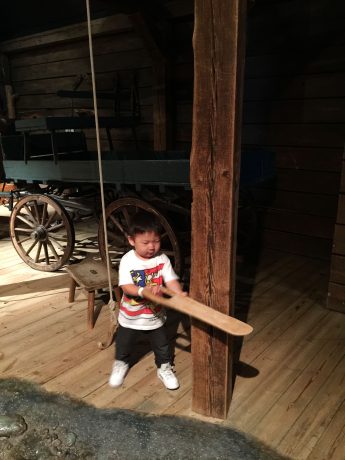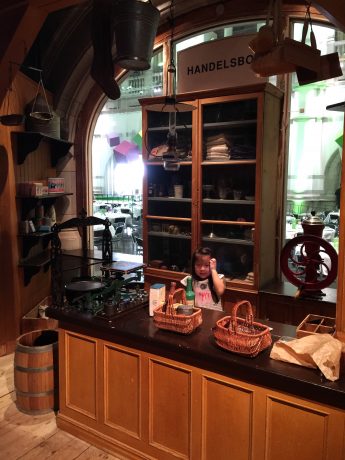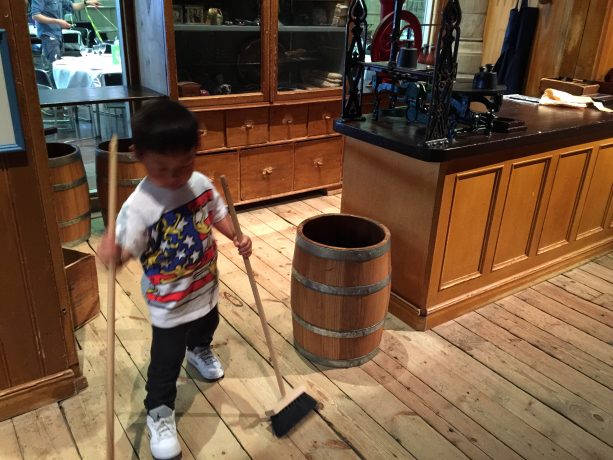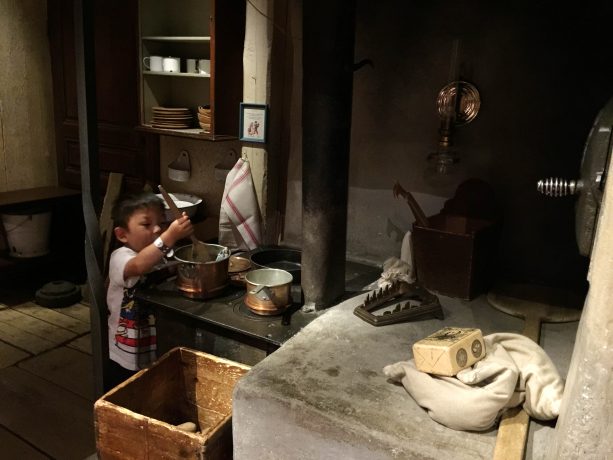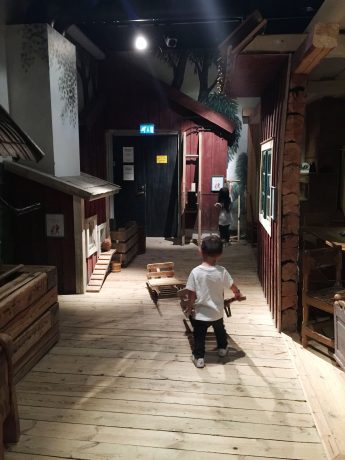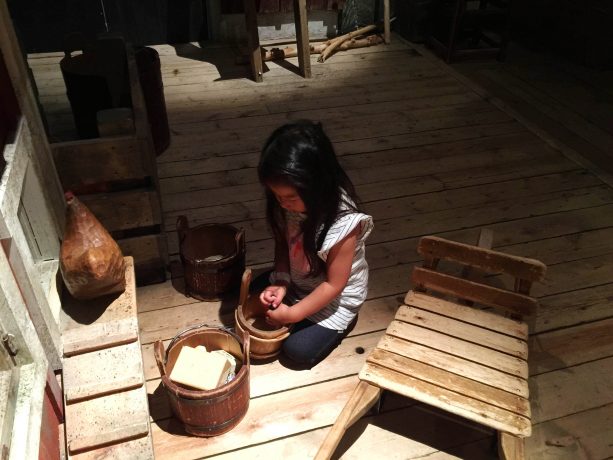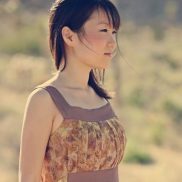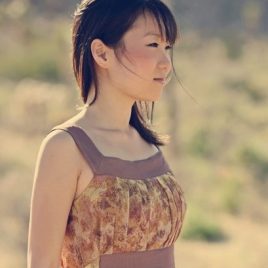The Nordiska Museet, or the Nordic Museum, is the most stunning structure on the island of Djurgården in central Stockholm. Its prominent presence is the first to welcome any tram hopper as the first stop off the bridge, and the building is just a sight to behold that gets even more attractive along the pathways adjacent through the lush greenery. The Danish Renaissance architecture of the building, marked by its cathedral style roof grabs attention from across the water. MuSEEum KIDS were happy to finally make it inside for our visit.
The museum is dedicated to the history of Swedish culture and its ethnography from the 16th century to modern times. It was originally founded by Artur Hazelius – a teacher and scholar - in 1873. He went on to open the world famous open air museum, Skansen as well. It currently houses over 1.5 million objects in its collections including textiles, furniture, jewellery, folk art and interiors. The museum is a popular site for holding conferences and events – they were setting up for a corporate event on the day we visited with table set ups, ambient lighting and DJ ready. What an amazing venue for a party!
The massive Oak statue of Gustav Vasa, the King of Sweden who ruled from the 1500s and the self-recognized protector of the Realm, sat in regal form at the entrance and center of the great hall. MuSEEum KIDS approached the steps toward it with wide eyed interest. We really enjoyed the Modemakt 300 years of clothing exhibit. Scandanavian traditional clothing dating back centuries to the more familiar of modern times i.e. the 60s and onward told us a story of how modern conveniences of travel, communication and media really does make the world a smaller and more homogenous place. The catwalk feature with a basket of clothing to try on was definitely amusing. Although we had fun trying on several objects, the kids - who haven’t been introduced to the concept of fashion shows yet – couldn’t quite understand why I kept instructing them to strut down the runway. Their confused expressions put a halt to my silly sample strut on the third effort. They were more interested in laughing at their strange garb in the mirror.
As we wandered through the Table Settings exhibit I wondered if the exhibit existed to counter balance the mostly peasant lifestyle that is highlighted throughout the museum. Although displays of tables settings could be interesting to some, it didn’t seem unique from any other western traditional banquet scenes. I was keen to take my time through the Traditions exhibit to learn more about Swedish traditions, festivals, religion and folklore. We had to move through it quickly however, as the kids were in a bit of a freight from the dimly lit displays and strange statues of museum goers outside the display windows. They spooked me a couple of times as well! The toy exhibit was instantly uplifting. Colorful cozy chairs and a small play area was a great spot to pause. The train sets on display were a favorite.
A temporary exhibit - Heavy Retro - featured furniture pieces from the 18th and 19th centuries against a backdrop mixture of modern colors and graffiti art. It was a fascinating presentation how the old influences the new, and how the old can be made new again with current trends. It was easy to envision some of these striking pieces finding new homes in today’s residences in all of their aged glory.
We were most interested in spending time in the Children’s Playhouse, which required additional SEK for admission. We spent most of our afternoon in this area. The area allows for kids to play and explore traditional Swedish living- from crossing lakes with pulley system bridges, feeding and caring for farm animals, cooking and preparing a meal using traditional tools, to operating a general market. It was enjoyable observing how they played out storylines with each other and with new friends despite the language barrier. The afternoon ended with a huge picnic feast by the “river” before we said our goodbyes to our playmates.
The museum shop and restaurant offer a great variety of Swedish and Scandinavian products (Animal themed Fiskars were a huge score as my daughter was on the hunt for scissors since arriving for a project back at the hotel) and traditional Swedish pastries and drinks. The Nordiska Museet was a total immersion into the history of Swedish traditions and surprisingly great for kids who love to use their imaginations.
